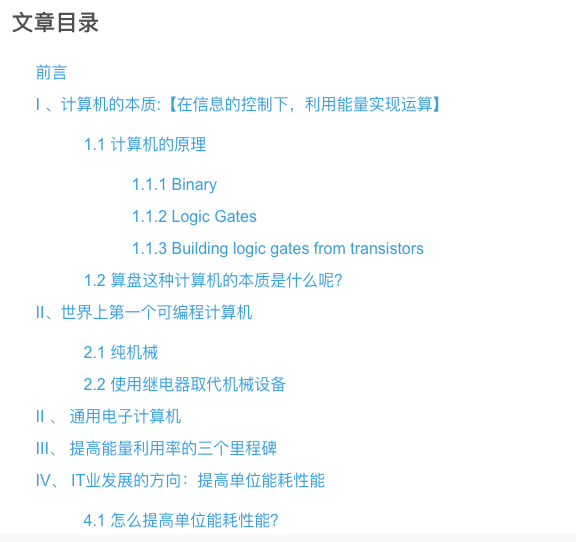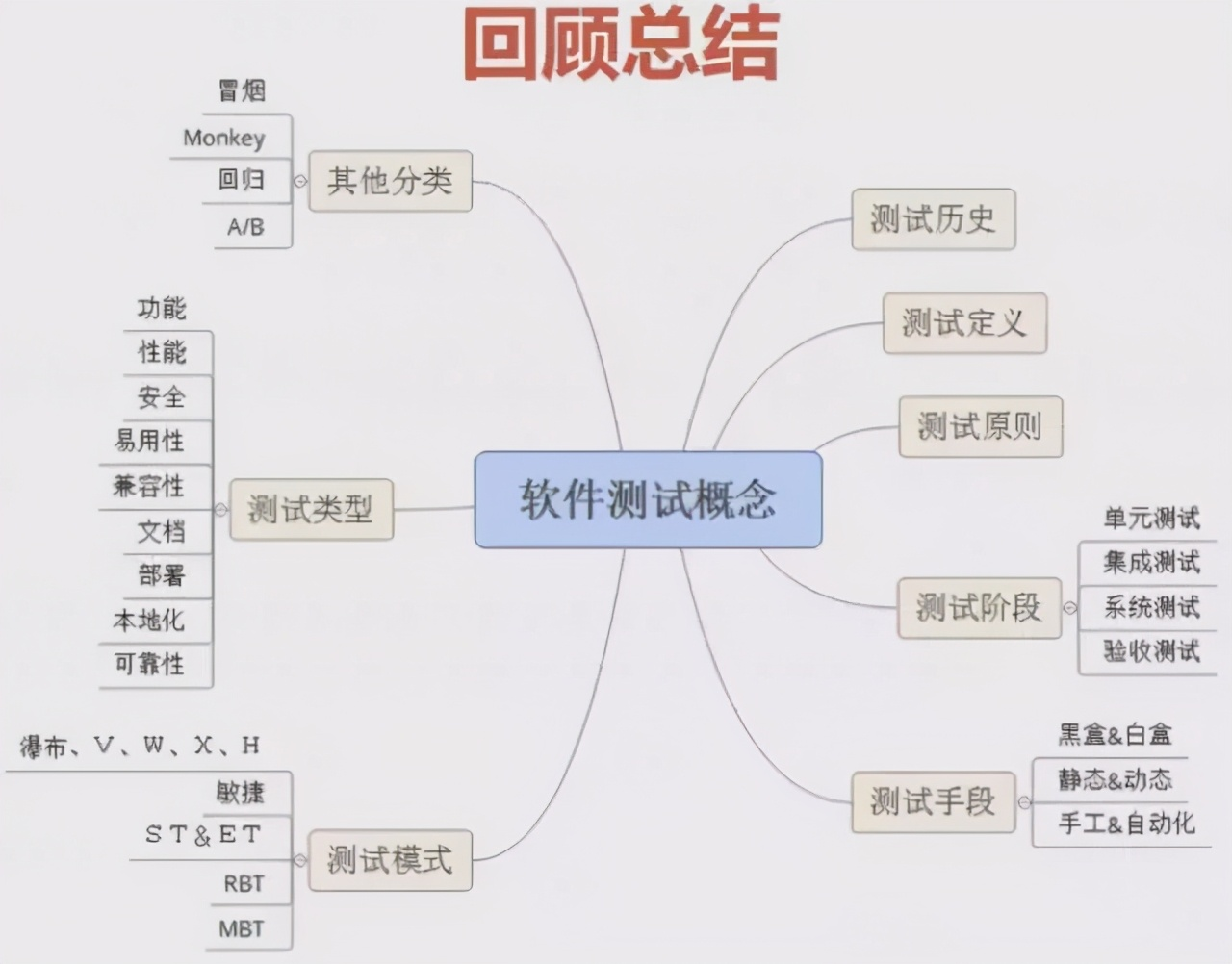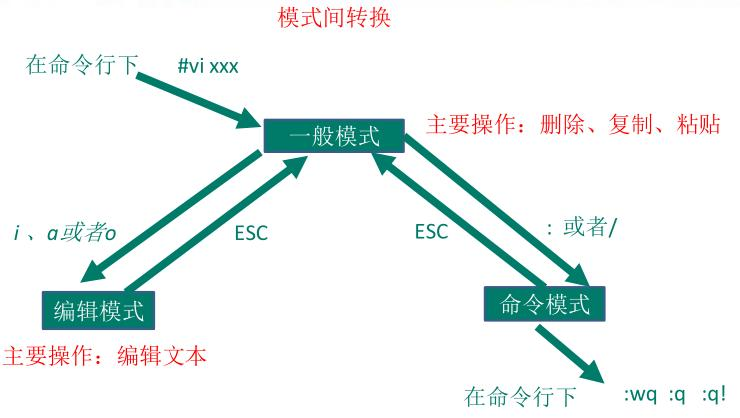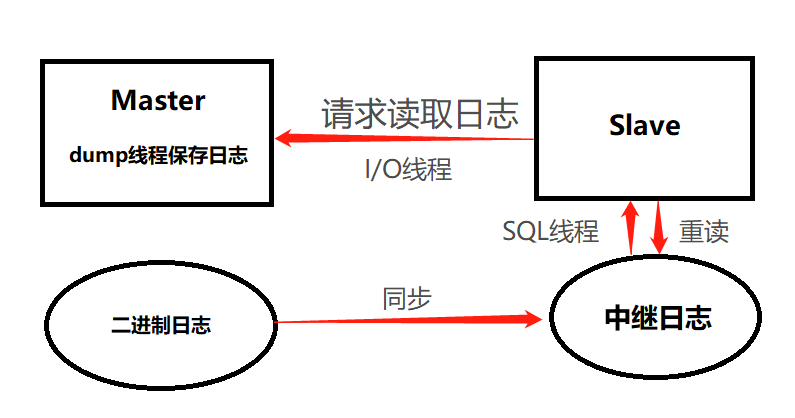Atomic Variables and ConcurrentMap
AtomicInteger
java.concurrent.atomic包中包含了许多可以执行原子操作的类,所谓的原子操作是指在多线程并发的情况下无需使用synchronized或者其他锁同步机制的情况下,仍旧可以正确执行的操作,我们就称之为原子操作。
在JVM内部实现上,这些类通过使用compare-and-swap (CAS)来实现原子操作,CAS是CPU内部的一种原子指令,执行速度远比通过锁同步机制快的多。所以,在一般的多线程编程中,推荐使用原子类。我们看一个简单的例子:AtomicInteger
AtomicInteger atomicInt = new AtomicInteger(0);ExecutorService executor = Executors.newFixedThreadPool(2);IntStream.range(0, 1000).forEach(i -> executor.submit(atomicInt::incrementAndGet));stop(executor);System.out.println(atomicInt.get()); // => 1000
其中, stop 方法定义如下:
public static void stop(ExecutorService executor) {try {executor.shutdown();executor.awaitTermination(60, TimeUnit.SECONDS);}catch (InterruptedException e) {System.err.println("termination interrupted");}finally {if (!executor.isTerminated()) {System.err.println("killing non-finished tasks");}executor.shutdownNow();}}
注意:不要直接shutdown,更多可参考:multithreading-with-atomicinteger-not-working
AtomicInteger is thread safe, but you have called AtomicInteger#get before all tasks finished.
ExecutorService#shutdown is not waiting for tasks to finish.
See ExecutorService#shutdown docs:
This method does not wait for previously submitted tasks to complete execution. Use awaitTermination to do that.
Use
service.awaitTermination(10, TimeUnit.SECONDS)
to wait for all tasks finished
AtomicInteger有很多原子操作,updateAndGet()可以接收一个lambda表达式来执行整形数值上的任意表达式运算。
AtomicInteger atomicInt = new AtomicInteger(0);ExecutorService executor = Executors.newFixedThreadPool(2);IntStream.range(0, 1000).forEach(i -> {Runnable task = () ->atomicInt.updateAndGet(n -> n + 2);executor.submit(task);});stop(executor);System.out.println(atomicInt.get()); // => 2000
accumulateAndGet()可以接收IntBinaryOperator类型的lambda表达式。
AtomicInteger atomicInt = new AtomicInteger(0);ExecutorService executor = Executors.newFixedThreadPool(2);IntStream.range(0, 1000).forEach(i -> {Runnable task = () ->atomicInt.accumulateAndGet(i, (n, m) -> n + m); executor.submit(task); }); stop(executor); System.out.println(atomicInt.get()); // => 499500
LongAdder
与AtomicLong一样,LongAdder可以用来求和
ExecutorService executor = Executors.newFixedThreadPool(2);IntStream.range(0, 1000).forEach(i -> executor.submit(adder::increment));stop(executor);System.out.println(adder.sumThenReset()); // => 1000
LongAccumulator
LongAccumulator是一个更加通用的LongAdder,相比于LongAdder仅支持简单的长整型加法操作,LongAccumulator可以支持LongBinaryOperator类型的lambda表达式。比如下面的示例:
LongBinaryOperator op = (x, y) -> 2 * x + y;LongAccumulator accumulator = new LongAccumulator(op, 1L);ExecutorService executor = Executors.newFixedThreadPool(2);IntStream.range(0, 10).forEach(i -> executor.submit(() -> accumulator.accumulate(i))); stop(executor); System.out.println(accumulator.getThenReset()); // => 2539LongBinaryOperator op = (x, y) -> 2 * x + y;LongAccumulator accumulator = new LongAccumulator(op, 1L);ExecutorService executor = Executors.newFixedThreadPool(2);IntStream.range(0, 10).forEach(i -> executor.submit(() -> accumulator.accumulate(i))); stop(executor); System.out.println(accumulator.getThenReset()); // => 2539
ConcurrentMap and ConcurrentHashMap
ConcurrentMap继承实现了Map接口,定义了常用并发集合类型。在Java 8中,接口新增了许多方法以支持函数式编程。
ConcurrentMap<String, String> map = new ConcurrentHashMap<>();map.put("foo", "bar");map.put("han", "solo");map.put("r2", "d2");map.put("c3", "p0");
forEach方法接收BiConsumer类型的lambda表达式,其将map中的键值对作为参数传入给BiConsumer。forEach()可以作为迭代遍历map的方法替代。
map.forEach((key, value) -> System.out.printf("%s = %s\n", key, value));
putIfAbsent()
String value = map.putIfAbsent(“c3”, “p1”);
System.out.println(value); // p0getOrDefault()
String value = map.getOrDefault(“hi”, “there”);
System.out.println(value); // therereplaceAll()
map.replaceAll((key, value) -> “r2”.equals(key) ? “d3” : value); System.out.println(map.get(“r2”)); // d3
compute
map.compute(“foo”, (key, value) -> value + value);
System.out.println(map.get(“foo”)); // barbarmerge()
map.merge(“foo”, “boo”, (oldVal, newVal) -> newVal + “ was “ + oldVal); System.out.println(map.get(“foo”)); // boo was foo
search
String result = map.search(1, (key, value) -> { System.out.println(Thread.currentThread().getName()); if (“foo”.equals(key)) { return value; } return null; }); System.out.println(“Result: “ + result); // ForkJoinPool.commonPool-worker-2 // main // ForkJoinPool.commonPool-worker-3 // Result: bar
String result = map.searchValues(1, value -> {
System.out.println(Thread.currentThread().getName());if (value.length() > 3) {return value;}return null;
});
System.out.println(“Result: “ + result);
// ForkJoinPool.commonPool-worker-2
// main
// main
// ForkJoinPool.commonPool-worker-1
// Result: soloreduce
reduce接收两个BiFunction类型的lambda表达式作为参数,第一个参数将键值对转换为任意类型的单值,第二个参数将转换后的值组合到一起组成一个结果值,忽略null场景。
String result = map.reduce(1,(key, value) -> {System.out.println("Transform: " + Thread.currentThread().getName());return key + "=" + value;},(s1, s2) -> {System.out.println("Reduce: " + Thread.currentThread().getName());return s1 + ", " + s2;});System.out.println("Result: " + result);// Transform: ForkJoinPool.commonPool-worker-2// Transform: main// Transform: ForkJoinPool.commonPool-worker-3// Reduce: ForkJoinPool.commonPool-worker-3// Transform: main// Reduce: main// Reduce: main// Result: r2=d2, c3=p0, han=solo, foo=bar
https://winterbe.com/posts/2015/05/22/java8-concurrency-tutorial-atomic-concurrent-map-examples/



































还没有评论,来说两句吧...